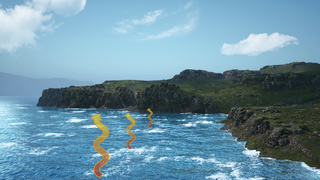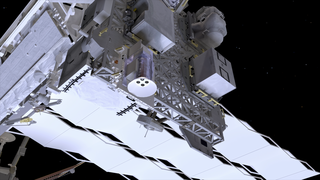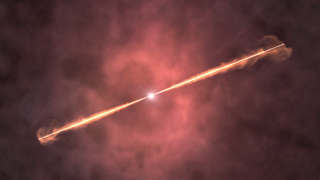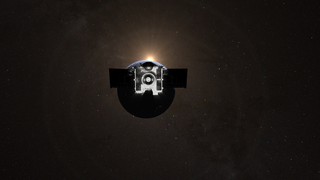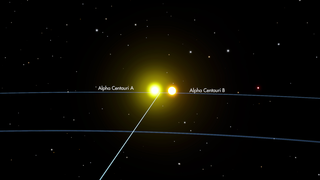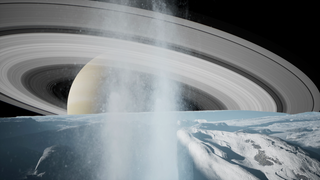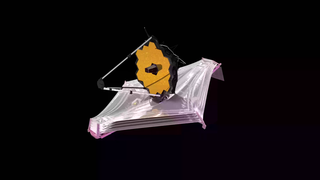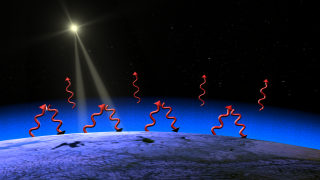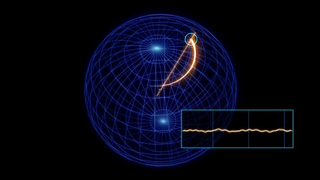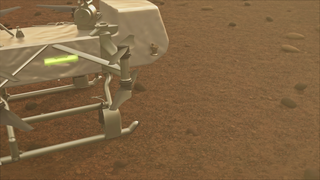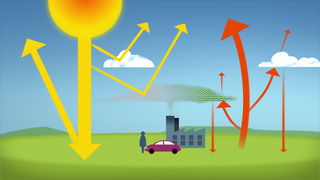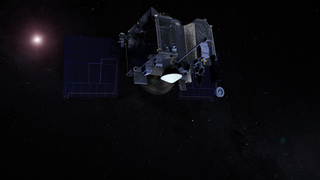Earth
ID: 20010
Normal rainfall droplet creation involves water vapor condensing on particles in clouds. The droplets eventually coalesce together to form drops large enough to fall to Earth. However, as more and more pollution particles (aerosols) enter a rain cloud, the same amount of water becomes spread out. These smaller water droplets float with the air and are prevented from coalescing and growing large enough for a raindrop. Thus, the cloud yields less rainfall over the course of its liftime compared to a clean (non-polluted) cloud of the same size. The split screen compares a normal rain producing cloud (left) with the lack of rain produced from a cloud full of aerosols from pollution.
Particulates Effect on Rainfall
Animation Credits
Susan Twardy (HTSI): Lead Animator
J. Marshall Shepherd (NASA/GSFC): Scientist
Kathryn A. Stofer: Writer
J. Marshall Shepherd (NASA/GSFC): Scientist
Kathryn A. Stofer: Writer
Please give credit for this item to:
NASA/Goddard Space Flight Center Conceptual Image Lab
NASA/Goddard Space Flight Center Conceptual Image Lab
Short URL to share this page:
https://svs.gsfc.nasa.gov/20010
Goddard TV Tape:
G2003-067
Keywords:
SVS >> Byrne
SVS >> Clouds
SVS >> Condensation
SVS >> Gonnelli
SVS >> Pollution
SVS >> Raindrop
SVS >> Rainfall
GCMD >> Earth Science
GCMD >> Earth Science >> Atmosphere >> Aerosols
NASA Science >> Earth
GCMD keywords can be found on the Internet with the following citation: Olsen, L.M., G. Major, K. Shein, J. Scialdone, S. Ritz, T. Stevens, M. Morahan, A. Aleman, R. Vogel, S. Leicester, H. Weir, M. Meaux, S. Grebas, C.Solomon, M. Holland, T. Northcutt, R. A. Restrepo, R. Bilodeau, 2013. NASA/Global Change Master Directory (GCMD) Earth Science Keywords. Version 8.0.0.0.0
https://svs.gsfc.nasa.gov/20010
Goddard TV Tape:
G2003-067
Keywords:
SVS >> Byrne
SVS >> Clouds
SVS >> Condensation
SVS >> Gonnelli
SVS >> Pollution
SVS >> Raindrop
SVS >> Rainfall
GCMD >> Earth Science
GCMD >> Earth Science >> Atmosphere >> Aerosols
NASA Science >> Earth
GCMD keywords can be found on the Internet with the following citation: Olsen, L.M., G. Major, K. Shein, J. Scialdone, S. Ritz, T. Stevens, M. Morahan, A. Aleman, R. Vogel, S. Leicester, H. Weir, M. Meaux, S. Grebas, C.Solomon, M. Holland, T. Northcutt, R. A. Restrepo, R. Bilodeau, 2013. NASA/Global Change Master Directory (GCMD) Earth Science Keywords. Version 8.0.0.0.0
